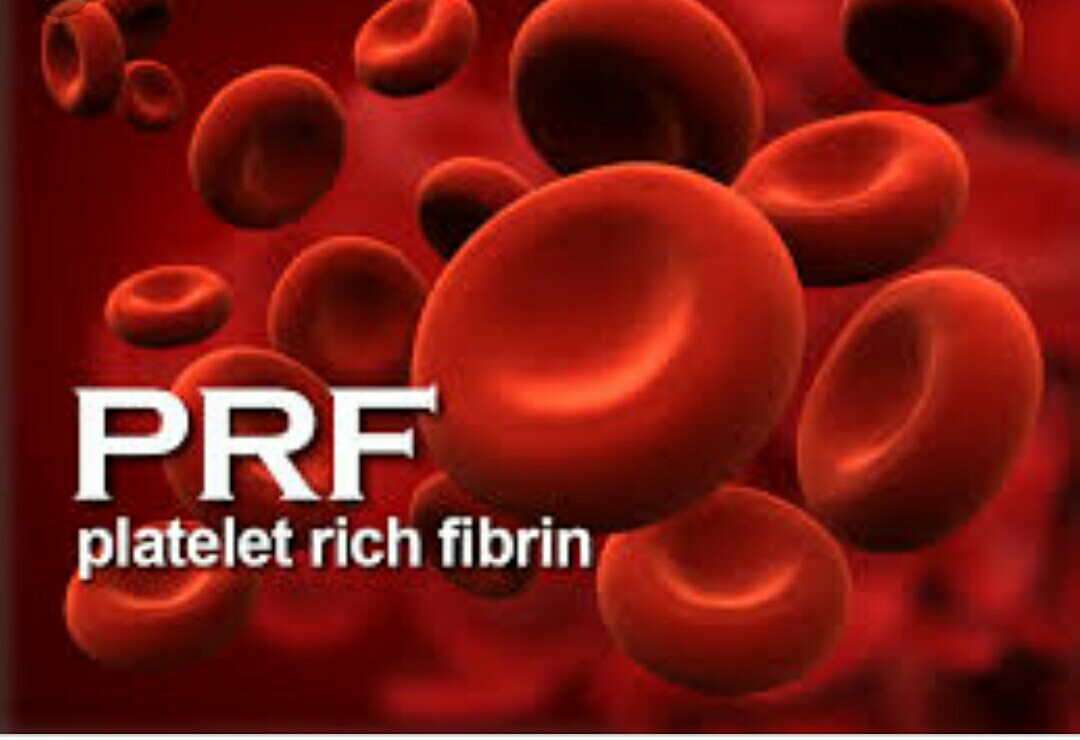By: Dr. Abhishek Kumar Pandey, Asstt. Editor-ICN
LUCKNOW: PRF stands for Platelet rich fibrin . It is a natural fibrin based bio material prepared from autologous blood and is clinically used to deliver growth factors in high concentration to the site requiring augmentation or having a bone defect. It is first introduced by Dr. Choukroun and his colleagues in 2000, is a second generation platelet concentrate that contains platelets as well as growth factors, prepared from the patients own blood, free of any anticoagulant.
The PRF clot forms a strong natural fibrin matrix, which concentrates almost all the platelets and growth factors of the blood harvest and shows a complex architecture as a healing matrix with unique mechanical properties which makes it distinct from other platelet concentrates.
PRF enhances wound healing and regeneration and several studies show rapid and accelerated wound healing with the use of PRF than without it. PRF is superior to other platelet concentrates like PRP due to its ease and inexpensive method of preparation and also it does not need any addition of exogenous compounds like bovine thrombin and calcium chloride. It is advantageous than autogenous graft also because an autograft requires a second surgical site and procedure. Thus PRF has emerged as one of the promising regenerative materials in the field of periodontics.
USES of PRF– 1). Treatment of intrabony defects and furcation involvement.
2). Soft tissue augmentation with coronally advanced flap or free gingival graft and connective tissue graft .
3). Pre- prosthetic surgery.
4). Sinus lift surgery.
A standard protocol for PRF preparation should be followed to obtain proper quantity and quality of the fibrin matrix, leukocytes, platelets, and growth factors. The equipment required for PRF preparation includes a centrifuge and a blood collection kit consisting of a 24 gauge butterfly needle and 9 ml blood collection tubes. A sample of blood is collected from patient without anticoagulant in 10 ml tubes which are immediately centrifuged at a rate of 3000 rpm for 10 min.
During the centrifugation process, when the blood gets in contact with the test tube wall the platelet gets activated leading to the initiation of coagulation cascade.
After centrifugation, the resultant product consists of three layers. The topmost layer consisting of acellular PPP (platelet poor plasma), PRF clot in the middle and RBCs at the bottom of the test tube. The fibrin clot obtained after centrifugation is removed from the tube and the attached red blood cells scraped off from it and discarded. PRF can also be prepared in the form of a membrane by squeezing out the fluids present in the fibrin clot.
ADVANTAGES- 1). Obtained from autologous blood.
2). Does not require the addition of external thrombin.
3). Minimal blood manipulation.
4). Economical
5). Contains growth factor.
6). Accelerates healing process.
7). Not technique sensitive and efficient.
DISADVANTAGES– 1). Being autologous, the final amount of PRF obtained is less.
2). Requires the use of glass- coated tube to achieve clot polymerization.
CONTRAINDICATIONS- 1). Metastatic diseases.
2). Platelet disorders.
3). Wound infection
4). Sepsis
5). Poor prognosis.
Platelet rich fibrin shows promising outcome both in medical as well as in dental fields with several advantages and many indications. It improves the healing of both soft and hard tissues. Also, the healing period of the post extraction sites is shorter when PRF is used. Apart from its applications in various disciplines of dentistry, PRF is being used all over the world in various medical fields, including orthopaedics and plastic surgery. In short, PRF seems to be an accepted and minimally invasive techniques that entails satisfactory clinical results.




